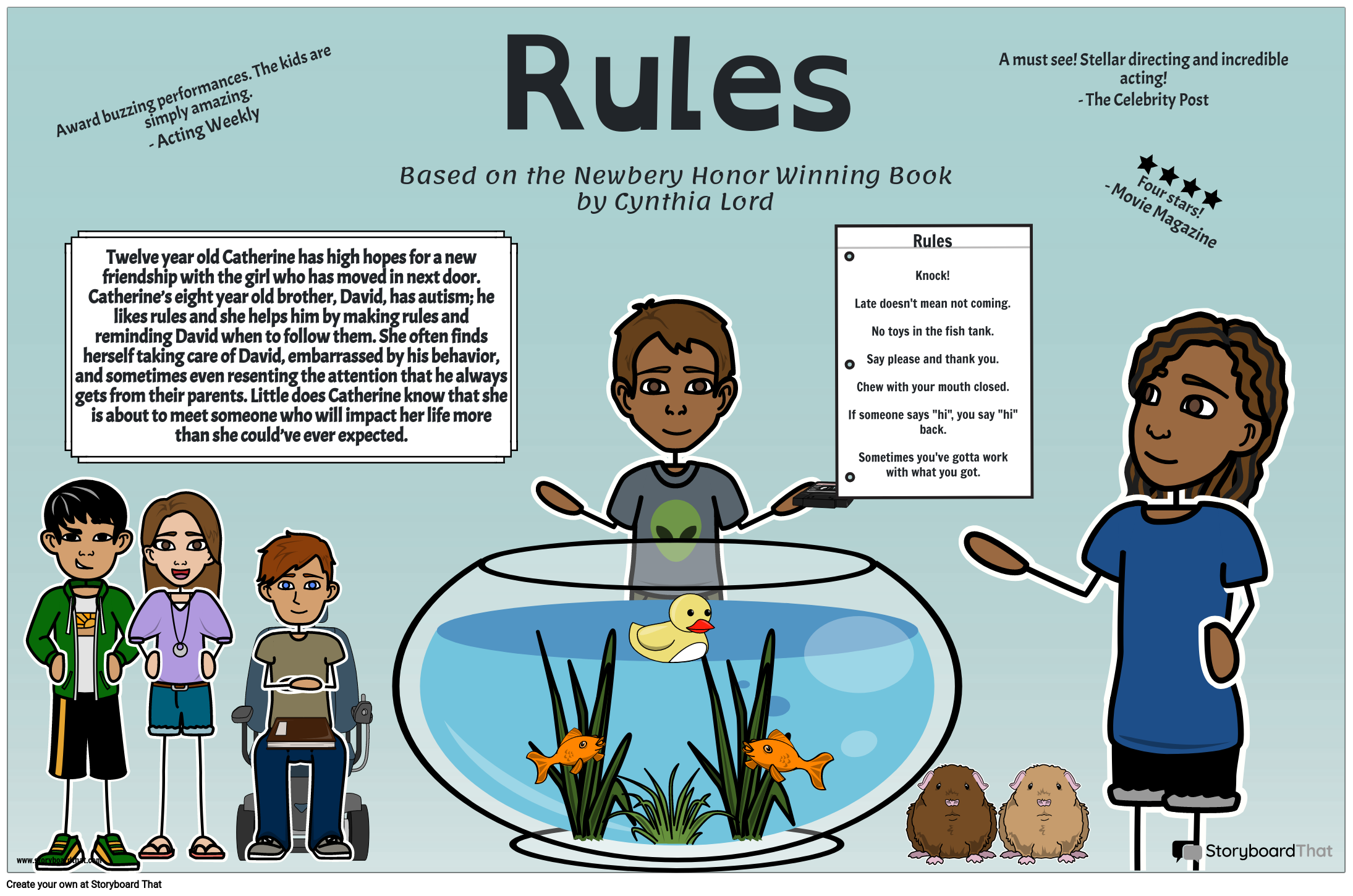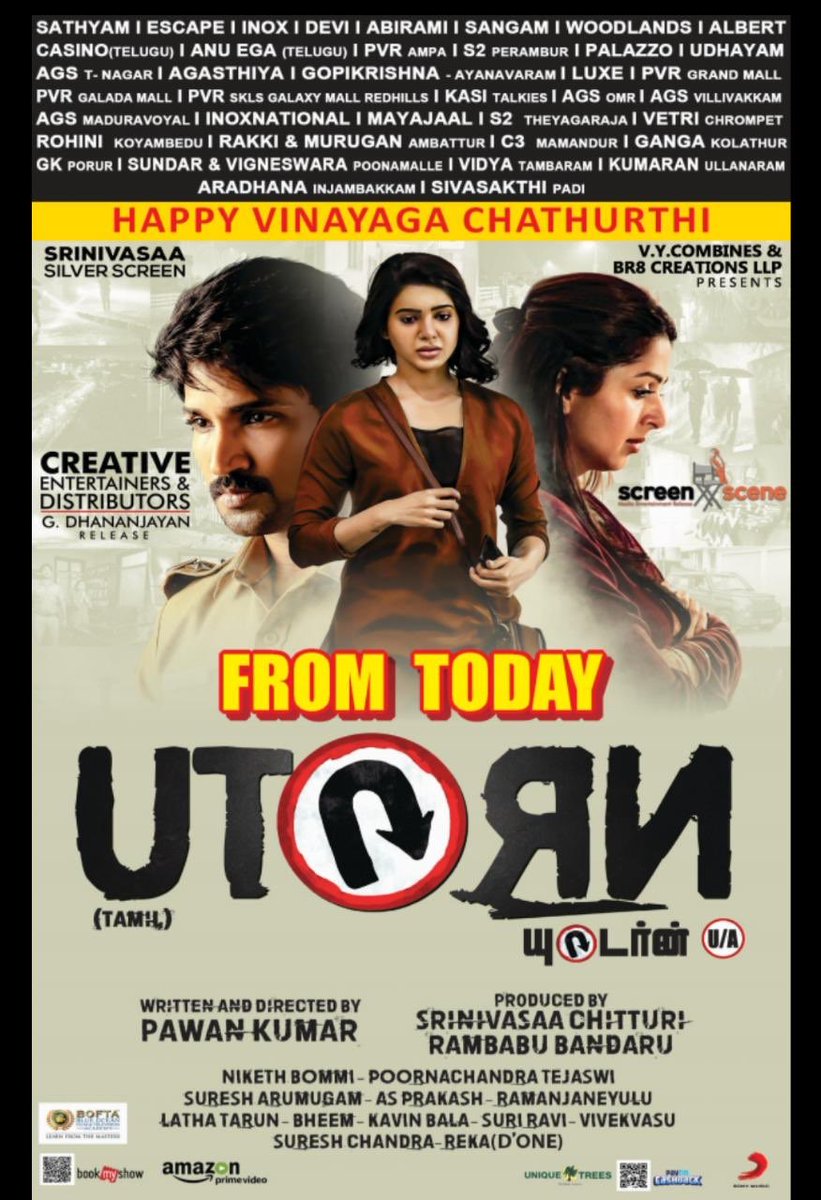Let’s talk about movie rules, folks. If you’re a movie buff or even just someone who loves sitting down with some popcorn and a good flick, this is the article for you. Movie rules are more than just guidelines—they’re the backbone of storytelling, directing, acting, and everything in between. These rules shape the way we experience films and make them unforgettable. So, buckle up and let’s dive into the world of cinema!
Now, I know what you’re thinking. “Rules? In movies? Isn’t that kinda boring?” Well, not exactly. Movie rules aren’t here to stifle creativity; they’re here to enhance it. Think of them as the secret ingredients that make your favorite films so captivating. From plot structure to character arcs, these rules are what keep the magic alive.
Whether you’re a filmmaker looking to up your game or just a regular Joe trying to understand why certain movies hit home while others fall flat, this article’s got you covered. We’ll break down the essentials, explore some fun facts, and even toss in a few tips to help you appreciate movies on a whole new level.
Read also:Celina Smoth Nude The Ultimate Guide To Her Journey Style And Influence
What Are Movie Rules Anyway?
Alright, let’s get down to business. Movie rules are essentially the principles that guide how films are made. They cover everything from storytelling techniques to visual effects, sound design, and even marketing strategies. These rules aren’t set in stone, but they do provide a framework for creating compelling, engaging films.
For example, one of the most famous movie rules comes from the legendary screenwriter Robert McKee, who emphasizes the importance of a three-act structure. This structure breaks a film into three distinct parts: setup, confrontation, and resolution. It’s a simple concept, but it works wonders when done right.
Another rule? Show, don’t tell. Instead of having characters explain everything through dialogue, filmmakers use visuals, actions, and emotions to convey meaning. It’s all about subtlety and letting the audience piece things together themselves.
Why Do Movie Rules Matter?
Movie rules matter because they create a shared language between filmmakers and audiences. When done well, these rules help craft stories that resonate on a deeper level. They also ensure that films are coherent, engaging, and emotionally impactful.
Think about it. Have you ever watched a movie where the plot felt scattered or the characters seemed one-dimensional? Chances are, those films didn’t follow some key movie rules. On the flip side, films that nail these rules tend to leave a lasting impression. They stick with you long after the credits roll.
The Top 10 Movie Rules Every Filmmaker Should Know
Now, let’s dive into the nitty-gritty. Here are ten movie rules that every filmmaker—or movie enthusiast—should know:
Read also:Pale Seafoam Naked A Trend Thatrsquos Taking The Fashion World By Storm
Rule #1: Start with a Strong Premise
Your movie needs a solid foundation, and that starts with a strong premise. What’s your story about? Who are the main characters? What’s at stake? Answering these questions early on will give your film direction and purpose.
Rule #2: Develop Multidimensional Characters
No one wants to watch a movie with flat, boring characters. Make sure your protagonists and antagonists have depth, flaws, and motivations. This will make them relatable and interesting to the audience.
Rule #3: Build Tension and Conflict
Conflict is the lifeblood of any good story. Whether it’s internal conflict, external conflict, or both, tension keeps viewers engaged. Without it, your movie risks feeling dull and uninspired.
Rule #4: Use Visual Storytelling
Remember, movies are a visual medium. Use your camera angles, lighting, and mise-en-scène to tell your story. Sometimes, a single image can say more than a thousand words.
Rule #5: Keep the Pace Moving
No one likes a movie that drags on forever. Keep the pace moving by cutting unnecessary scenes and focusing on the most important moments. This will keep your audience hooked from start to finish.
Rule #6: End with a Bang
Your ending is just as important as your beginning. Whether it’s a satisfying conclusion or a thought-provoking twist, make sure your final act leaves a lasting impression.
Rule #7: Respect Your Audience
Don’t underestimate your viewers. They’re smart, and they’ll notice if you’re trying to pull a fast one. Treat them with respect by delivering a well-crafted, thoughtful film.
Rule #8: Edit Ruthlessly
Editing is where the magic happens. Don’t be afraid to cut scenes, rearrange dialogue, or tweak visual effects if it means improving the final product. A good editor is worth their weight in gold.
Rule #9: Collaborate with Your Team
Movies are a team effort. Work closely with your cast, crew, and other collaborators to bring your vision to life. Communication and trust are key to creating something truly special.
Rule #10: Take Risks
Finally, don’t be afraid to take risks. Break the rules if it means telling a more authentic or innovative story. After all, some of the greatest films in history were ones that dared to be different.
Subheading: The Science Behind Movie Rules
Believe it or not, there’s actually science behind movie rules. Researchers have studied how certain storytelling techniques affect the human brain. For instance, studies show that movies with clear character arcs and emotional stakes are more likely to resonate with audiences. This is because our brains are wired to seek out patterns and meaning in stories.
Additionally, the use of visual and auditory cues can trigger specific emotional responses. For example, slow-motion shots paired with dramatic music can create a sense of awe or tension. These techniques may seem simple, but they’re incredibly effective when used correctly.
Subheading: Long-Tail Keywords in Movie Rules
When it comes to movie rules, there are plenty of long-tail keywords to explore. For example, you might search for terms like “movie rules for beginners,” “best movie rules for screenwriters,” or “how to apply movie rules in indie films.” These keywords are more specific and can help you find exactly what you’re looking for.
Long-tail keywords are especially useful for filmmakers and movie enthusiasts who want to dive deeper into the world of cinema. They allow you to focus on niche topics and gain a better understanding of how movie rules apply to different genres and styles.
Biography: The Filmmakers Behind the Rules
Let’s take a moment to appreciate the masterminds behind these movie rules. Filmmakers like Steven Spielberg, Quentin Tarantino, and Christopher Nolan have all contributed to the evolution of movie rules over the years. Their innovative approaches to storytelling and filmmaking have inspired countless others to push the boundaries of what’s possible in cinema.
| Name | Birthday | Nationality | Notable Works |
|---|---|---|---|
| Steven Spielberg | December 18, 1946 | American | Jaws, E.T., Jurassic Park |
| Quentin Tarantino | March 27, 1963 | American | Pulp Fiction, Kill Bill, Django Unchained |
| Christopher Nolan | July 30, 1970 | British | Inception, The Dark Knight, Interstellar |
Subheading: How Movie Rules Apply to Different Genres
Movie rules aren’t one-size-fits-all. Different genres often require different approaches. For instance, horror films rely heavily on suspense and tension, while comedies focus on timing and wit. Here’s a quick breakdown of how movie rules apply to various genres:
- Action: Emphasize high-stakes situations and dynamic visuals.
- Romance: Focus on emotional connections and character development.
- Sci-Fi: Incorporate world-building and futuristic elements.
- Documentary: Prioritize authenticity and real-life storytelling.
Subheading: Common Mistakes to Avoid
Even the best filmmakers can make mistakes when it comes to movie rules. Here are a few common pitfalls to watch out for:
- Overexplaining every detail.
- Ignoring pacing and rhythm.
- Creating one-dimensional characters.
- Forgetting the emotional core of the story.
Avoiding these mistakes will help you create a more polished, professional film that resonates with audiences.
Conclusion: Mastering the Art of Movie Rules
So there you have it, folks. Movie rules are an essential part of the filmmaking process. Whether you’re a seasoned pro or just starting out, understanding these rules can take your movies to the next level.
Here’s a quick recap of what we’ve covered:
- Movie rules provide a framework for storytelling and filmmaking.
- There are ten key rules every filmmaker should know.
- Long-tail keywords can help you explore niche topics within the world of cinema.
- Movie rules vary depending on the genre and style of the film.
Now it’s your turn. If you’ve learned something new or have any questions, drop a comment below. And don’t forget to share this article with your fellow movie lovers! Together, let’s keep the magic of cinema alive.
Table of Contents
- What Are Movie Rules Anyway?
- Why Do Movie Rules Matter?
- The Top 10 Movie Rules Every Filmmaker Should Know
- The Science Behind Movie Rules
- Subheading: Long-Tail Keywords in Movie Rules
- Biography: The Filmmakers Behind the Rules
- Subheading: How Movie Rules Apply to Different Genres
- Subheading: Common Mistakes to Avoid
- Conclusion: Mastering the Art of Movie Rules


